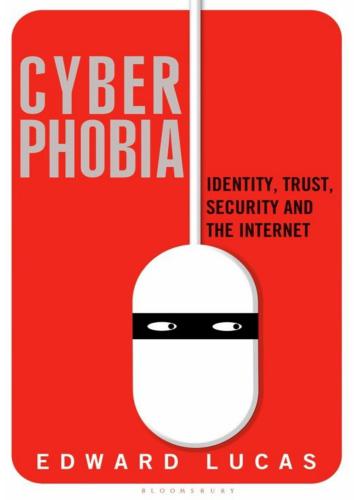
Cyberphobia
Identity, Trust, Security and the Internet
کتاب های مرتبط
- اطلاعات
- نقد و بررسی
- دیدگاه کاربران
نقد و بررسی

September 28, 2015
Despite the title, there’s nothing irrational about the fears that Economist editor Lucas (The New Cold War) evokes in this deeply disturbing look at how our increasing dependence on an online world has made us vulnerable to attacks from “spies, soldiers, hooligans, pranksters, criminals, or commercial rivals.” Using language that’s easily accessible for non-techies, Lucas traces the roots of the current crisis to the failures of those who designed the Internet to connect academic networks; they never foresaw its exponential expansion to every aspect of modern life, and they neglected to pay close attention to security issues. Even informed readers will benefit from Lucas’s synthesis of chilling incidents—for example, the Gameover Zeus botnet attack that caused more than $100 million in financial losses after infecting more than 500,000 computers between September 2011 and May 2014—as he places them in context. Not content just to summarize the current ways that identity theft and invasions of privacy can tarnish the lives and reputations of ordinary people, Lucas describes how the shift of the Internet from a mode of human communication to “a network for machines to talk to other machines” will create even more serious challenges. His grim warnings will serve as a wake-up call for citizens and their leaders alike. Agent: Zoë Waldie, Rogers, Coleridge and White.

October 1, 2015
Lucas (senior editor, The Economist) outlines major types of security threats, their causes, and preventive or corrective measures. Using analogies related to locks and keys, transportation systems, biology, and public health, he explains personal threats such as phishing, cookie-tracking, and identity duplication, as well as their connection to larger dangers to corporate and governmental networks, including data breaches, espionage, and cyberwarfare. The author is a fan of security expert Dan Geer Jr. and Estonia's identity cards and decidedly not a fan of insecure passwords and the technological monoculture and buggy code that forms the Internet's infrastructure, a holdover from the days when the network was based on convenience, communication between known individuals, and interconnectivity. Supplemental materials include a glossary of security terms, a basic explanation of encryption, and advice from the British Government Communications Headquarters (GCHQ) that seems more applicable to enterprise-level network security than to ordinary people. VERDICT A realistic view of what can (and cannot) be done on both the individual and at a policy level to protect privacy and deal honestly on the Internet. Useful for nonexperts wanting a larger picture of cybersecurity.--Wade M. Lee, Univ. of Toledo Lib.
Copyright 2015 Library Journal, LLC Used with permission.

























دیدگاه کاربران